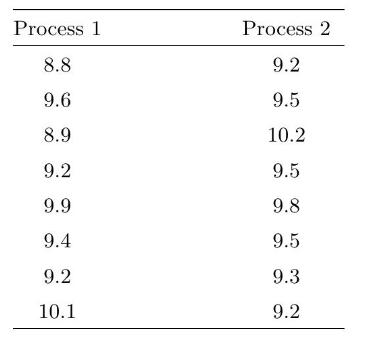Independent random samples of ceramic produced by two di erent processes were tested for hardness. The results
Question:
Independent random samples of ceramic produced by two di erent processes were tested for hardness. The results were:

(a) We will assume that the observations come from \(\operatorname{normal}\left({ }_{1}{ }^{2}\right)\) and normal \(\left(2^{2}\right)\), where \({ }^{2}=4^{2}\). Use independent normal \(\left(m s^{2}\right)\) prior
distributions for 1 and \({ }_{2}\), respectively, where \(m=10\) and \(s^{2}=1^{2}\). Find the posterior distributions of \({ }_{1}\) and \({ }_{2}\), respectively.
(b) Find the posterior distribution of \(1 \quad 2\).
(c) Find a \(95 \%\) Bayesian credible interval for \(1 \quad 2\).
(d) Perform a Bayesian test of the hypothesis
\[
\begin{array}{llllllll}
H_{0}: & 1 & 2 & 0 & \text { versus } & H_{1}: & 1 & \\
2
\end{array}\]
at the \(5 \%\) level of signi cance. What conclusion can we draw?
Step by Step Answer:

Introduction To Bayesian Statistics
ISBN: 9781118091562
3rd Edition
Authors: William M. Bolstad, James M. Curran





